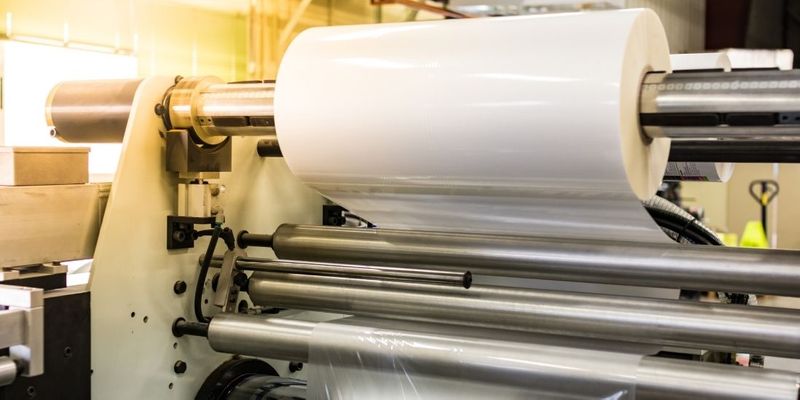What happens to a print job after it’s fresh off the press? “Finishing” is a specific term that refers to the happenings of a print job before it is delivered to customers. A wide array of various paper finishes are available, and each one is diverse in its style, form, and technique. The choice will ultimately depend on one’s budget, preference, and the print project’s intended purpose as a product.
Print finishes intersperse a dynamic and tangible impact on a project’s comprehensive design. Always contemplate a project’s finish and what that finish can do for your brand or your design. Without further ado, here is a brief guide to printing finishes.

